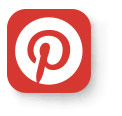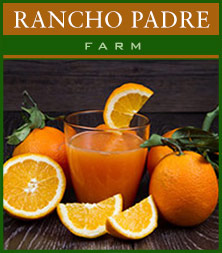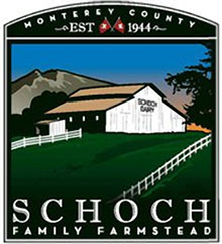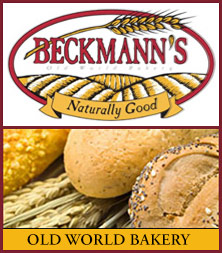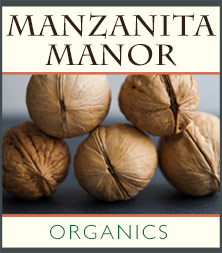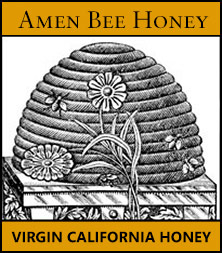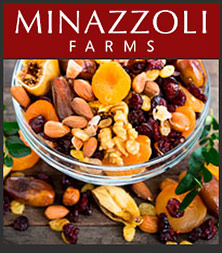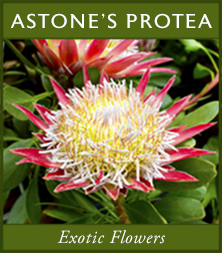Quince jelly is one of those rare preserves that feels like a gift from another era. With its delicate, floral aroma and jewel-like color, it captures the essence of autumn in a jar. Though quince cannot be eaten raw, when gently simmered and transformed into jelly, it’s unique flavor is unlike anything else. Perfect spread on hot buttered toast, brushed over roasted meats as a glaze, or paired with cheese and crackers, quince jelly is a versatile pantry treasure worth the effort.
INGREDIENTS:
4 to 5 large quince, thoroughly washed, cored, and chopped (leave the skins on for natural pectin)
4 cups water
Granulated sugar (usually 3/4 cup sugar per cup of quince juice, but this can vary)
Juice and peel of 1 lemon
Cheesecloth or jelly bag
Sterilized jelly jars with lids
METHOD:
Prepare the quince juice
Wash the quince well, core, and cut into small chunks (no need to peel). Place quince in a large pot with 4 cups of water (the fruit should be covered by about 2 inches when pressed down). Add the lemon juice. Bring to a boil, then reduce to a gentle simmer. Cover and cook for 1–1½ hours, until the quince is very soft and mushy.
Line a colander or sieve with a double layer of cheesecloth (or use a jelly bag) set over a large bowl. Carefully pour in the cooked quince and liquid. Let it drip undisturbed for several hours or overnight. Do not press the pulp, or the jelly will be cloudy.
Make the jelly
Once strained, measure the juice. For every 1 cup of juice, use about ¾ cup sugar.
In a clean large pot, combine the juice, sugar, lemon peel, and any remaining lemon juice. Stir until dissolved. Bring to a rapid boil, stirring constantly. Lower the heat just enough to keep a steady boil. Cook for about 40 minutes, until the liquid reduces and darkens slightly.
Check for gel set:
- Thermometer method: Jelly should reach 220°F.
- Wrinkle test: Drop a spoonful onto a chilled plate. If it wrinkles when pushed with your finger, it’s ready.
While hot, ladle jelly into sterilized jars, leaving ¼-inch headspace. Wipe rims clean, place lids on, and screw bands fingertip-tight.
Let jars cool at room temperature, undisturbed, for 8–10 hours. The jelly may take up to 24 hours to fully set. Store sealed jars in a cool, dark place for up to 1 year.






